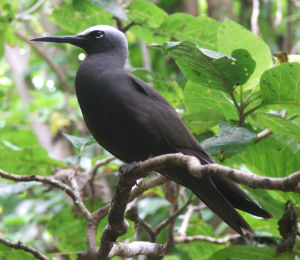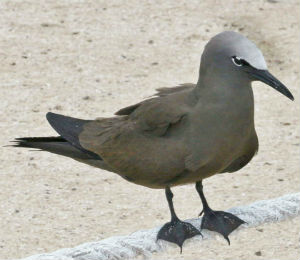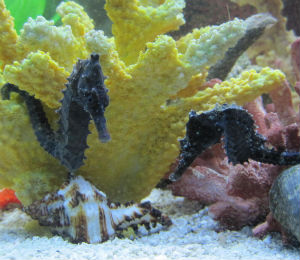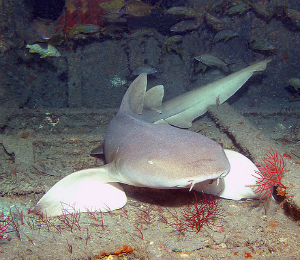If you’re in Key West to enjoy a glass bottom boat ride, then Ocean Vue has the perfect opportunity for you. As the only luxury Key West glasbottom boat tour, Ocean Vue offers premier tours that provide passengers with a unique view of coral reef and the many wondrous creatures living below the water’s surface. But while you’re speeding over the water with us, keep your eyes on the skies as you’re likely to get some amazing views of an area tern, the Black Noddy.
Birds of Key West: The Black Noddy
How the Black Noddy, Anous minutus, got its name is largely unknown, but many believe it is due to the way it bobs its head during courtship. The ritual is is very endearing as the terns even exchange fish with one another. Some believe that the terns were named noddies because they are tolerant and indifferent toward humans, traits that made the birds easy prey for hunting and catching by sailors long ago.
Physical Features of the Black Noddy
The Black Noddy is a bit of an anti-tern when it comes to its coloration and patterns. Most terns have light-colored bodies with dark markings around their heads, wingtips and tails. The Black Noddy is instead a rich ebony all over with an exquisitely white cap. These beautiful terns also have a spot of white under their eyes, a striking accent that other terns lack. Both the male and female are similar in color, but juvenile Black Noddies have grey feathers on their wings.
The Black Noddy is the most graceful of pelagic terns with long, tapered wings and unique wedge-shaped tail. The Noddy also has dark-colored legs, which are quite short, and webbed feet, as well as a long, pointed and thin bill. The Black Noddy ranges in size from 13 inches to 16 inches, and has a wingspan of up to 28 inches.
Nesting & Breeding Habitats
Few terns nest in trees or shrubbery, but the Black Noddy is among them. It will also nest on cliff-side ledges and sea caves, and it prefers to nest in large colonies. Seaweed, vegetation, leaves and moss are used in the composition of a nest, and the Black Noddy is noted for having two clutches in one season of breeding, whereas other terns and seabirds generally only have one.
The Black Noddy is found across the globe’s tropical waters, most notably in the Caribbean, eastern and central Atlantic Ocean, central and western Pacific Ocean, and northeast Indian Ocean. The tern prefers isolated islands of oceans and seas, including rocky, uninhabited islands. It can be found along the Great Barrier Reef, on South Pacific Islands, off the coasts of Belize and Venezuela, and on the Dry Tortugas. Its population is not in danger, but it has decreased due to the cutting of mangroves, extensive hunting and destruction of other habitats by humans and goats.
Black Noddy Eating Habits
The Black Noddy is a superior fisher as it flies low and steady across the water until a fish is close enough to the surface for the taking. The Noddy does not dive or plunge into the water, although it can splash its bills in the water. Similar to other terns that can be found in Key West, the Black Noddy depends on larger predatory fish to push smaller fish to the surface. Tuna are excellent hunting companions in the regard for the Black Noddy as tuna will whip smaller fish into a tight sphere and then push the sphere close to the water’s surface.




